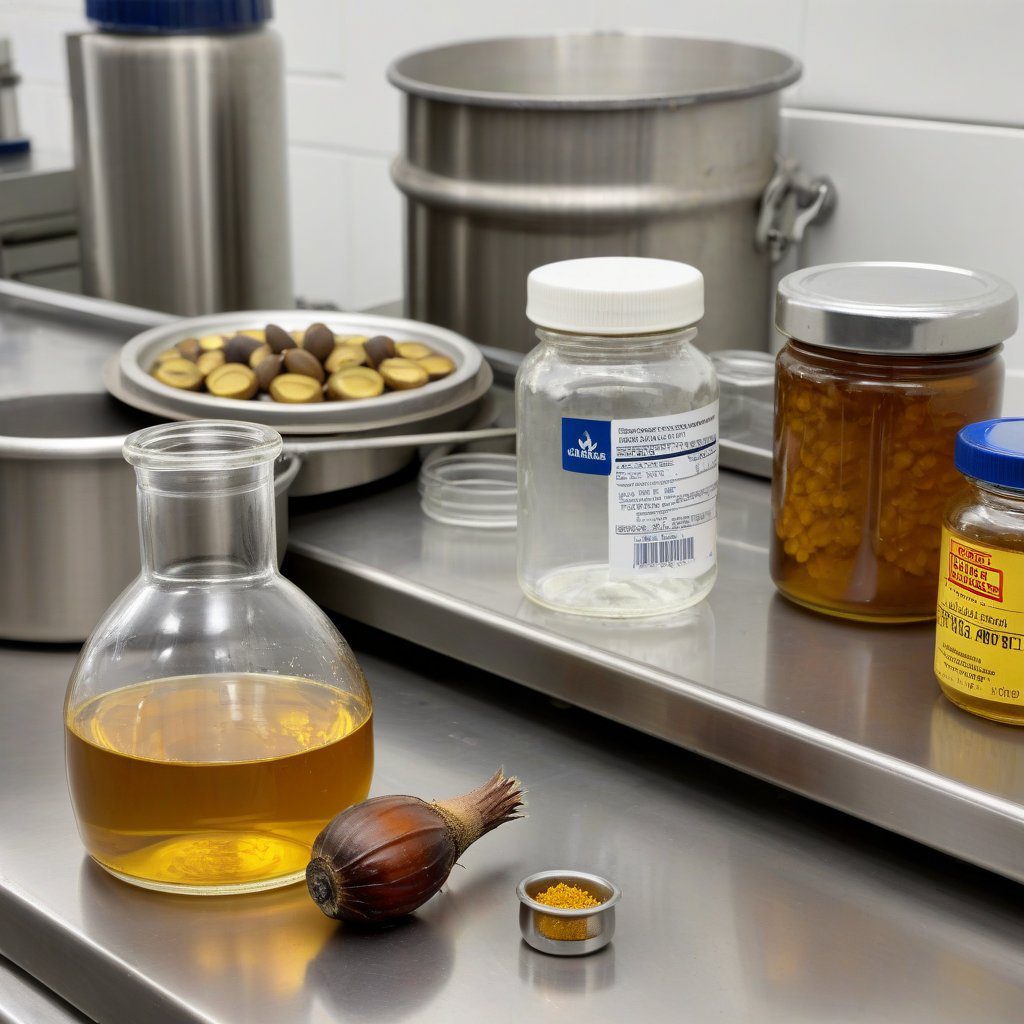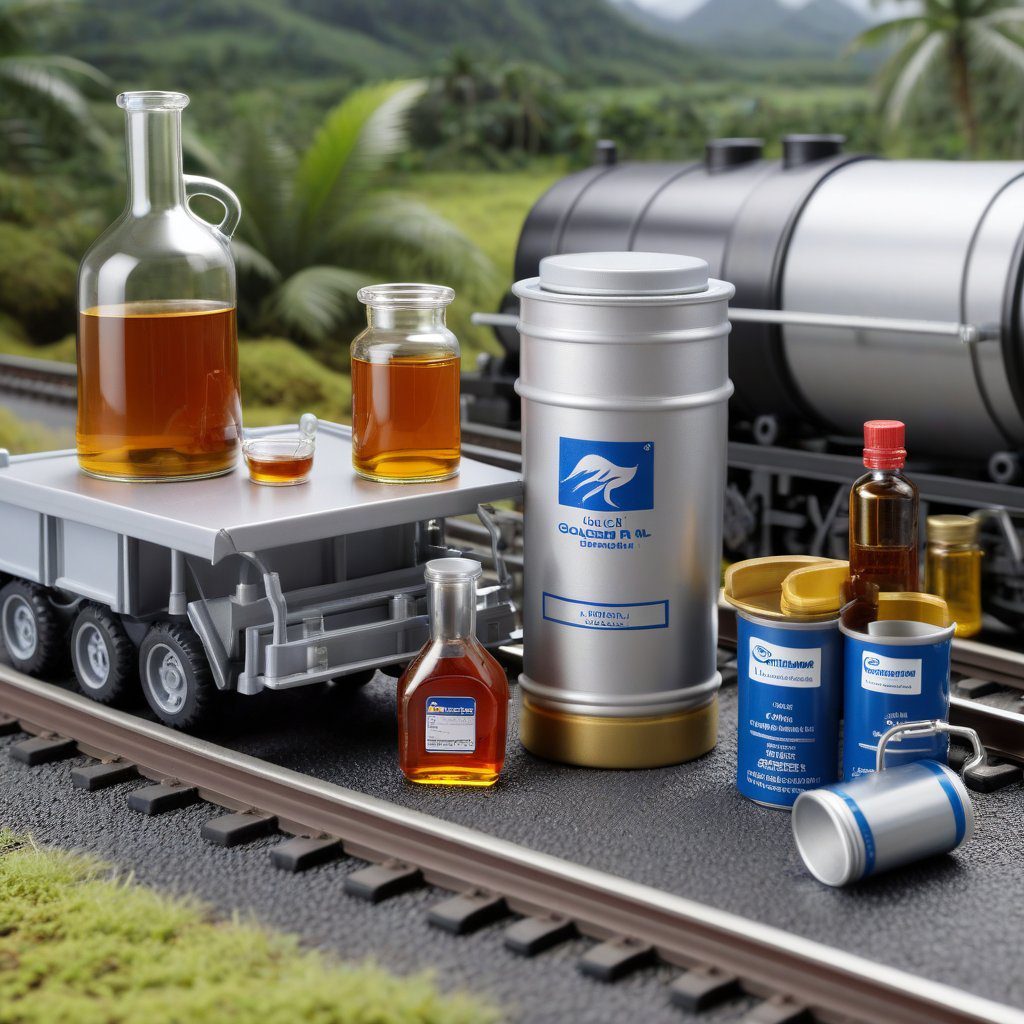Understanding Propylene Glycol Safety Protocols
Propylene glycol (PG) is a synthetic organic compound widely used in various industries, including pharmaceuticals, food, and personal care products. To ensure the safe handling and usage of USP-Grade Propylene Glycol, it is crucial to adhere to established safety protocols. These protocols help mitigate risks associated with exposure, spills, and environmental impact.
Personal Protective Equipment (PPE)
When working with Propylene Glycol, the use of appropriate personal protective equipment (PPE) is essential. This includes gloves, goggles, and protective clothing to minimize skin and eye contact. Employers should provide training on the proper use of PPE, ensuring that employees understand how to select and maintain their equipment effectively.
Storage Guidelines
Proper storage of Propylene Glycol is critical to maintaining its integrity and safety. It should be stored in a cool, dry place away from incompatible materials such as strong oxidizers. Containers must be tightly sealed to prevent leakage and contamination. Regular inspections of storage facilities are necessary to ensure compliance with safety standards.
Spill Response Procedures
In the event of a spill, immediate action is required to minimize hazards. Safety protocols should outline the steps to contain and clean up Propylene Glycol spills, including the use of absorbent materials and appropriate disposal methods. Employees must be trained in spill response procedures to act swiftly and effectively, reducing potential harm to themselves and the environment.
Exposure Limits and Monitoring
Occupational exposure limits for Propylene Glycol should be established to protect workers. Regular monitoring of air quality and skin exposure is vital. Employers must ensure that monitoring equipment is calibrated and maintained correctly. This helps in identifying any potential health risks associated with prolonged exposure to Propylene Glycol.
Emergency Preparedness
Emergency preparedness is a key component of Propylene Glycol safety protocols. Facilities should develop emergency response plans that include evacuation procedures, communication strategies, and first aid measures. Conducting regular drills ensures that employees are familiar with the procedures and can respond effectively in case of an emergency.
Training and Education
Continuous training and education on Propylene Glycol safety protocols are essential for all employees. Training should cover the properties of Propylene Glycol, potential hazards, and safe handling practices. Regular refresher courses can help reinforce knowledge and keep safety protocols up to date with regulatory changes.
Regulatory Compliance
Compliance with federal and state regulations regarding Propylene Glycol is non-negotiable. Companies must stay informed about relevant guidelines, including those set by the Occupational Safety and Health Administration (OSHA) and the Environmental Protection Agency (EPA). Compliance not only enhances safety but also builds trust with customers and partners.
Environmental Considerations
Environmental safety protocols for Propylene Glycol are crucial to prevent pollution and protect ecosystems. Proper waste disposal methods must be in place, and companies should strive to minimize waste generation. Implementing green practices can enhance a company’s reputation and ensure sustainable operations.


